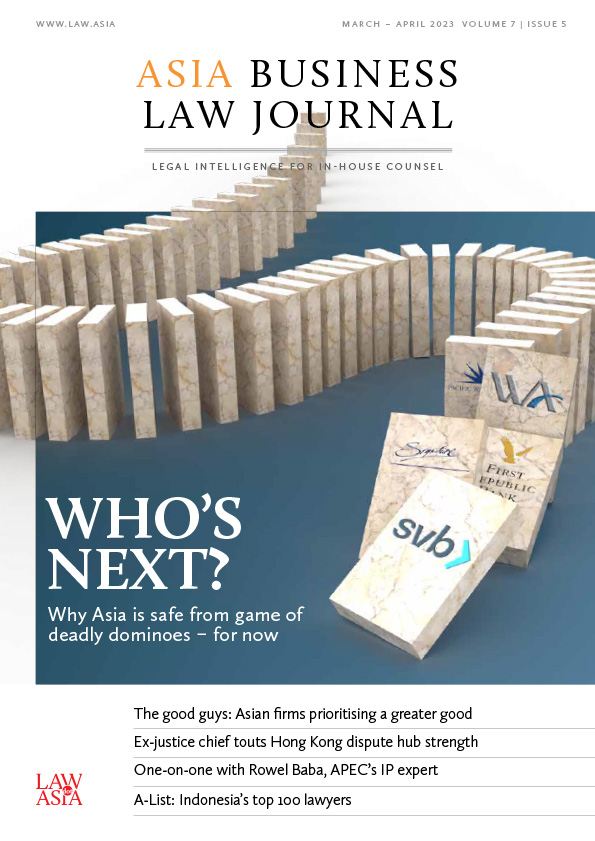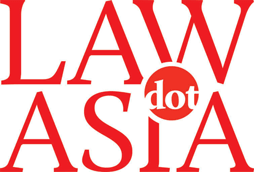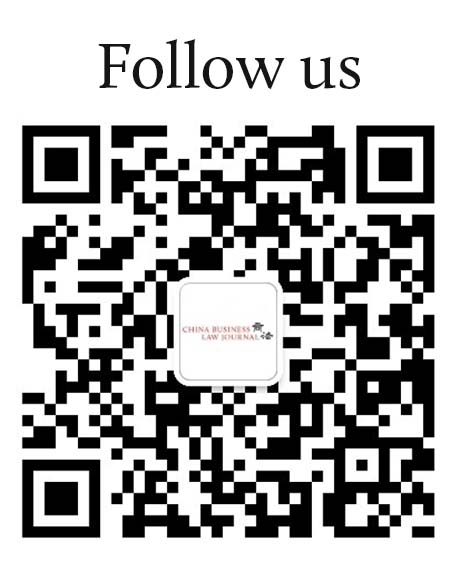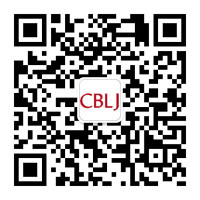Standard Essential Patent (SEP) is a recent hot term for the study of antitrust practice in China. This article relates to the applicable boundaries imposed by the antitrust law, public and private equity rights, as well as the enforcement of antitrust laws and future judicial directions.
Q: Are SEP-related behaviours exempt from China’s antitrust laws?
A: “Antitrust laws” neither negate the rights given by intellectual property laws nor regard intellectual property as an exempted area from the regulations, but have given clear directions regarding what intellectual property behaviours need to be bounded by the antitrust laws – that they are only applicable to the elimination or restriction of competition due to unfair practice of intellectual property rights.
For SEP-related behaviours regulated by the antitrust laws, no special criterion has been set out, but they should still be evaluated under the framework set up by monopoly agreements, abuse of market dominance and concentration of business operators.
Q: Do SEP patentees necessarily hold market dominance?
A: We should not simply equate “standards” with market dominance. Not every SEP would necessarily constitute an independent related market. For example, if a certain patent is included in the standard but the market contains competitive SEPs, then that SEP would not constitute an independent related market. If the relevant standards make up for a small or almost non-existent market share, then that relevant SEP patentee will not have market dominance.
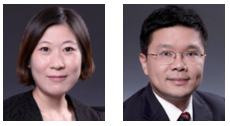
When a certain SEP constitutes an independent relevant market, other co-existing factors may cause the SEP patentee to not hold any market dominating position. First, one standard often includes hundreds and thousands of patents. For standards and downstream products with a lesser level of technological importance, it would be rather difficult for the patentee to obtain market dominance. Second, if the existing industry standard is replaced by a new standard within a short time, it will then be difficult for the SEP patentee to obtain market dominance.
Also, in practice, many standard implementers produce standard products without authorization. However, patent relief programmes for SEP patentees often involve high costs, implementing a ban by the general relief programme is often restricted, and potential licencees can easily delay the implementation. These practical factors often give rise to “reverse patent hold-up” problems. Finally, due to possible constraints of cross-licensing between competitors, an SEP patentee’s right to implement is often restricted.
You must be a
subscribersubscribersubscribersubscriber
to read this content, please
subscribesubscribesubscribesubscribe
today.
For group subscribers, please click here to access.
Interested in group subscription? Please contact us.







